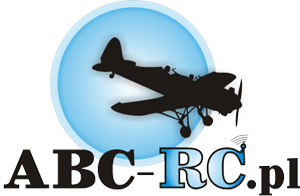
Add products by adding codes
700 field contact board - SYB-120- universal prototyping board
- The SYB-120 contact board, offering 700 fields, enables easy and fast prototyping of electronic circuits without soldering, providing a versatile tool for engineers and electronics enthusiasts.
700 field contact board - SYB-120- universal prototyping board

The SYB-120 contact board with 700 fields is a versatile prototyping board that enables quick and easy prototyping of electronic circuits without soldering, providing flexible and reusable options for engineers and hobbyists.
Fields on a board are often used to create temporary electronic circuits and test ideas before transferring them to a more permanent form, making it an essential tool in the design and experimentation process.
The SYB-120 is especially useful for students, educators, and self-taught electronics professionals, providing a convenient platform for learning and exploring electronic concepts in a hands-on way.
Product features
- Forget about the long process of making modules - now you can assemble any prototype device in minutes without soldering.
- Quickly check if your idea will work, instantly assemble the circuit on prototype boards - just connect on the so-called "spider
- Want to make some electronic circuitry quickly - for school, work, play, assemble it on a contact board
- The boards have a standard 2.54mm raster - they fit virtually all electronic devices (integrated circuits, passive components, plugs, etc.)
- Adhesive tape on the bottom of the tile allows the module to be permanently fixed to the substrate
- Connecting wires and jumpers and other accessories can be purchased for the boards
- Ability to quickly connect power through power supply module
- The hooks on the side of the tile allow several tiles to be combined into one larger module
Example design on the board

Technical data
- Dimensions: 175x46x8.5mm
- Number of contacts: 700 fields
- Two power lines
Internal connections on the board

Did you know that...
In our store you will also find tiles of other sizes and construction? Check out the category contact plates
Guide


Wychodzimy poza płytkę, czyli pierwsze peryferia i jak je podłączyć
W poprzednim artykule nauczyliśmy się budowy samej płytki, poruszania się po środowisku i wgraliśmy na Arduino pierwszy program. Dzisiaj przejdziemy do części trochę bardziej zaawansowanej, czyli do pisania programów i podłączenia zewnętrznych elementów. Dzięki wiedzy z tej części będziemy potrafili podłączyć podstawowe zewnętrzne elementy elektroniczne oraz sterować nimi.




















